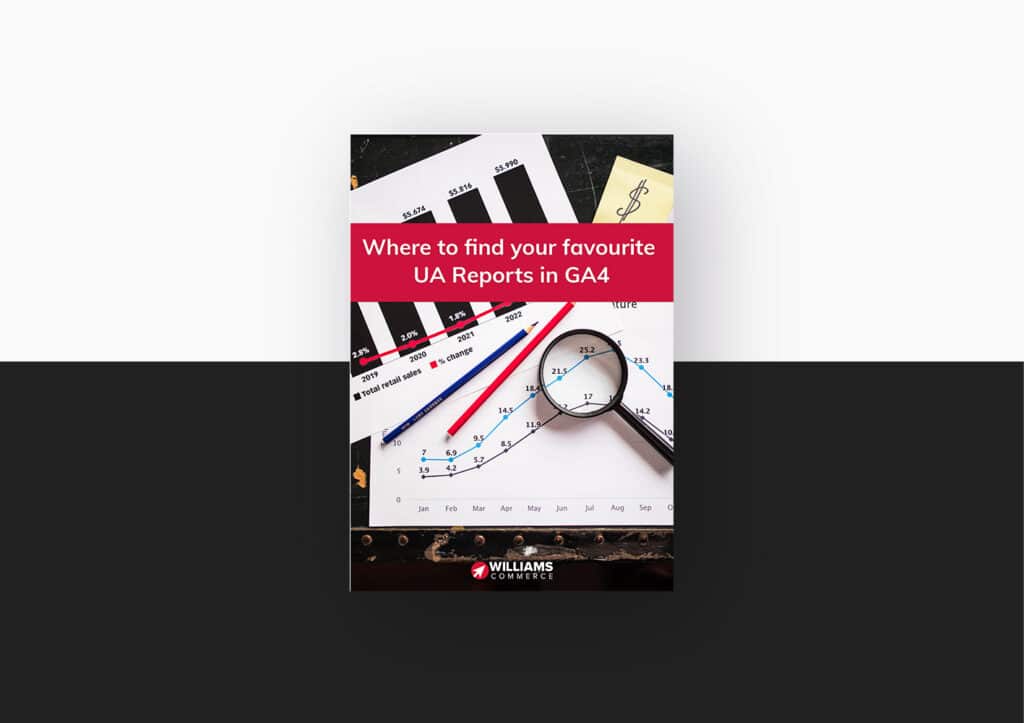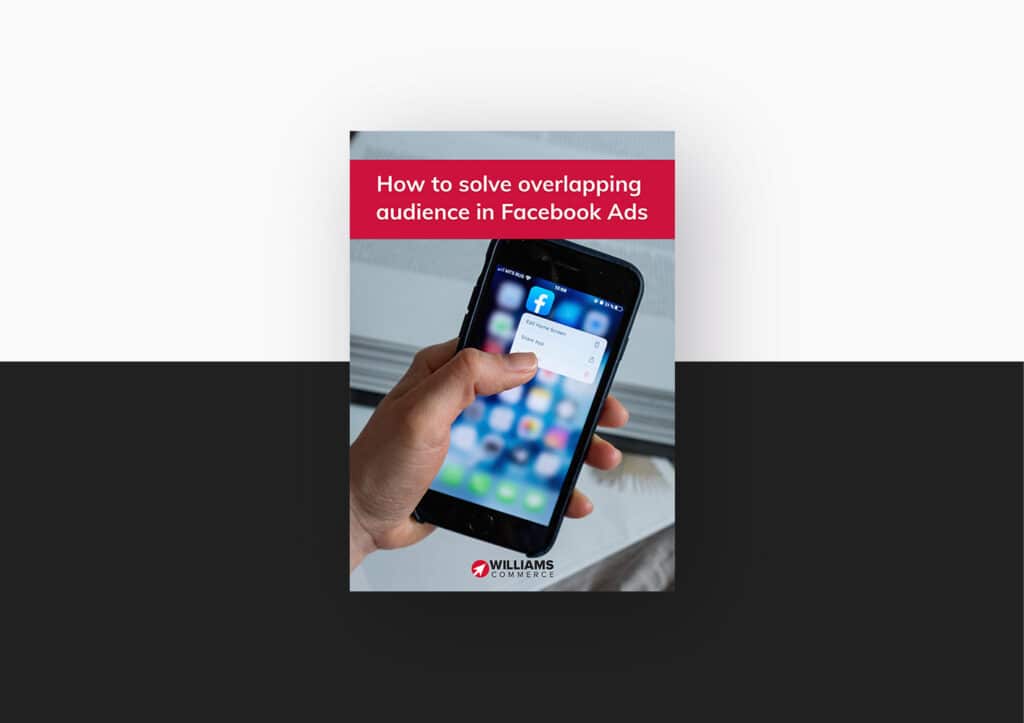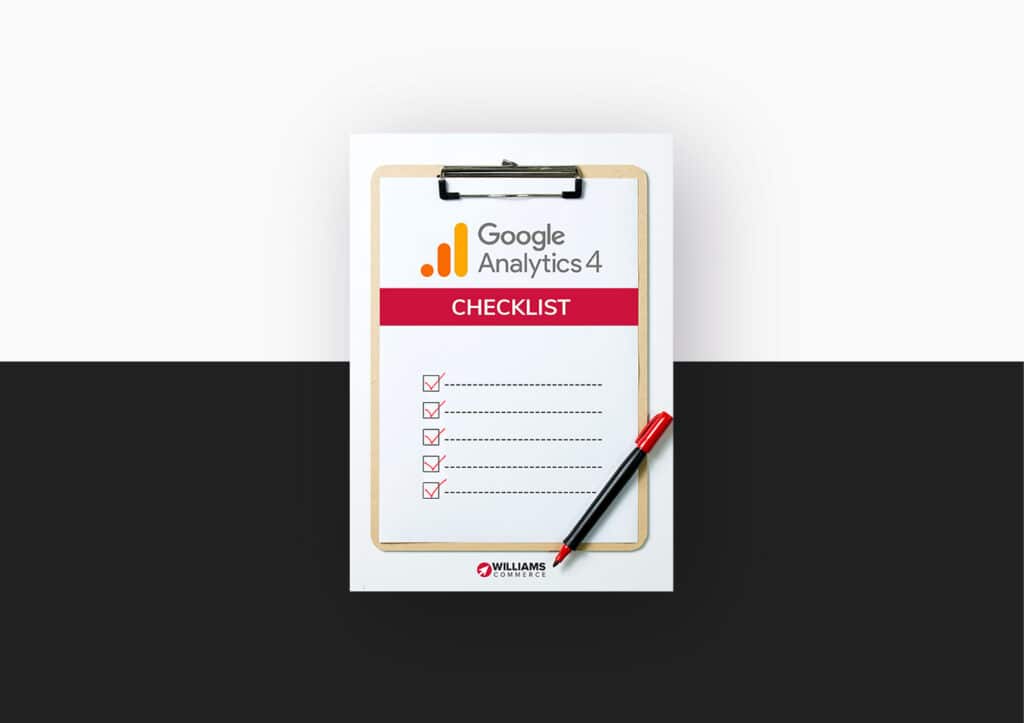The international COVID-19 pandemic has affected all aspects of the economy to some extent and social media advertising is no exception. Whilst many industries have been damaged by the impact of the coronavirus, Paid Social has become an even more cost-efficient marketing channel during this period.
In this blog, we explore the ways in which changing consumer behaviours have affected social media advertising in 2020 and what advertisers should expect from this channel moving forward.
How has social media usage and engagement changed during the pandemic?
Social media usage and engagement has changed drastically during the pandemic, with 42% of consumers globally saying they now spend longer on social media because of the coronavirus outbreak. This can be attributed to the fact that national lockdowns and restrictions mean people are leaving the house less and have fewer ways in which they can use their spare time, spending more time online.
Other factors that have contributed to this rise are people’s desire to connect with friends and family members that they can no longer see. There is also a desire to access news and information about COVID-19 in a faster and more digestible way than traditional news outlets can provide.
This increased usage of social media has created an increased amount of engagement with social media ads and led to consumers making more purchases via social media than ever before. This dramatic change has only been further boosted by the fact that in-store shopping was more difficult during lockdown and hasn’t yet recovered to pre-pandemic levels.
Overall, the coronavirus pandemic has deeply altered how consumers use and engage with social media, with there being the possibility that these changes remain even after the pandemic ends.
What are the emerging trends?
Virtually all companies have had to adapt their business practices due to the pandemic and the way in which they sell their products via social media is no exception. Consumers increasingly want and respond better to advertising that reflects their current lockdown lifestyle. They don’t want to be reminded of scenarios from before coronavirus that they can’t enjoy.
Therefore, companies should be taking into account the unusual circumstances in which people currently live their lives when considering how to advertise their products and services, making their marketing more relatable for consumers.
Another emerging trend that is worth commenting on is the expectation that companies will take a more responsible and compassionate tone of voice. Consumers don’t just want to know how products will benefit them during lockdown, but also what businesses are doing to mitigate the effects of COVID-19 in order to project a sense of normalcy. Fostering a positive brand image in this way will build up trust with customers that will continue long after the pandemic is over.
How has Paid Social changed as a result of the pandemic?
The main impact that the pandemic has had on Paid Social is that it has led to a marked decrease in ad costs due to a decrease in competition. At the start of the period when nations started going in to lockdown back in March, many companies either cut down on or completely suspended their advertising campaigns. This was due to the sudden growth in uncertainty or because their products were no longer relevant, e.g. travel agencies selling package holidays.
This meant that for a period of time there was little competition for social media ad space on auction-based platforms, such as Facebook, Twitter and Instagram. A study carried out six months ago showed that 69% of brands expect they will decrease ad spend for 2020, which indicates that as long as the coronavirus and lockdowns remain a part of our daily lives, social media advertising could remain more cost-effective than before.
What can be expected in the future for Paid Social?
Whilst the future is always uncertain, particularly at the moment, one development that is likely to remain even after the end of the COVID-19 period is that consumers will continue to interact with social media advertising on a greater scale than before.
Even when in-store shopping becomes a regular occurrence again, customers will remember the ease with which they were able to see a product that they liked and then be able to immediately purchase it by interacting with the ad.
Social media platforms have been a way for consumers to discover new brands and products for quite some time. With the recent developments in Social Commerce such as the launch of Facebook Shops this year , the path to purchase through social media is now shorter than ever before.
Engagement with social media advertising was a growing trend prior to COVID-19, however the pandemic has boosted its growth by an unprecedented amount and it is highly unlikely that levels of interaction will decrease to pre-coronavirus levels.
Navigating the constantly-changing landscape of social media advertising can be difficult even for the most established company. That’s why, our social media experts are here to help you optimise your campaigns.



